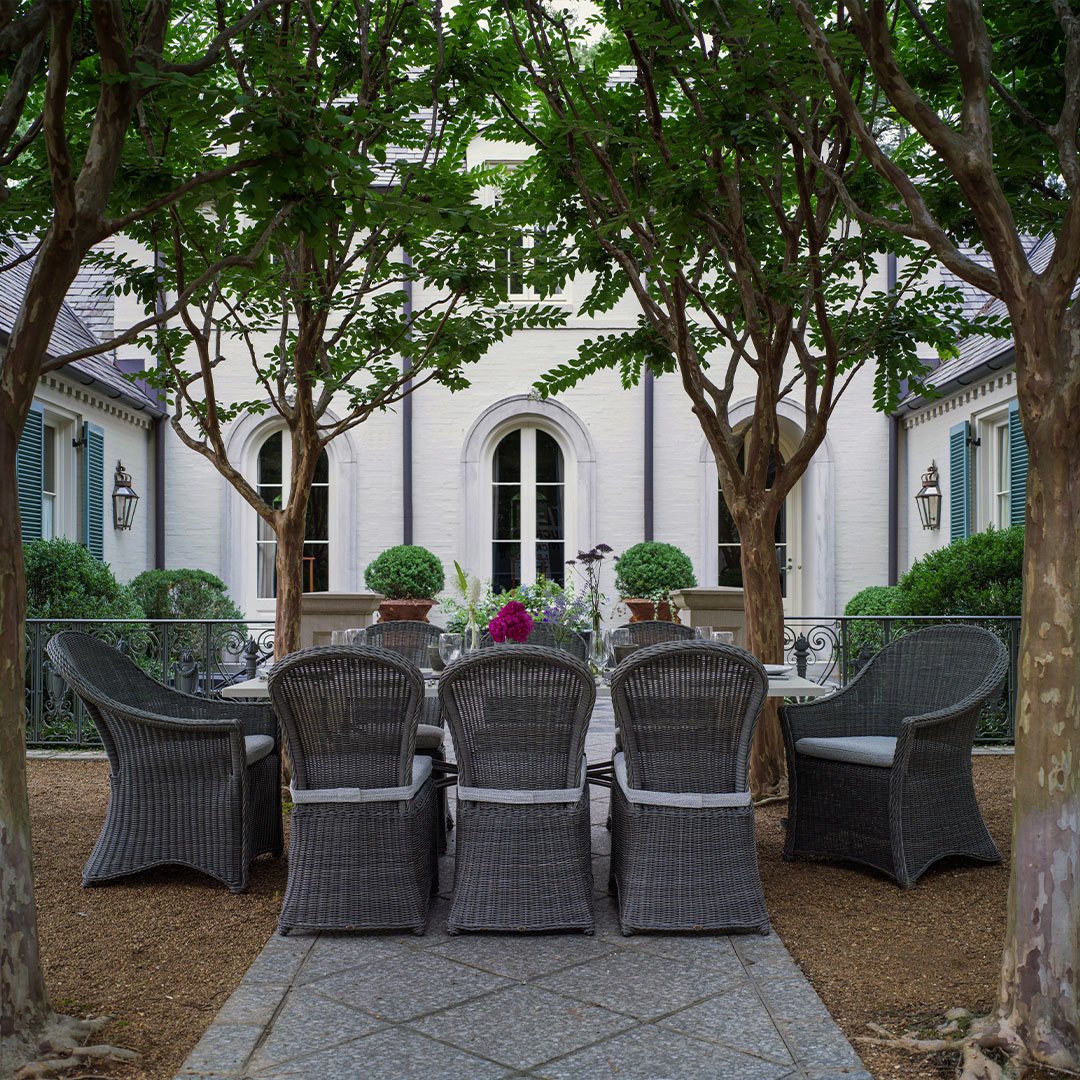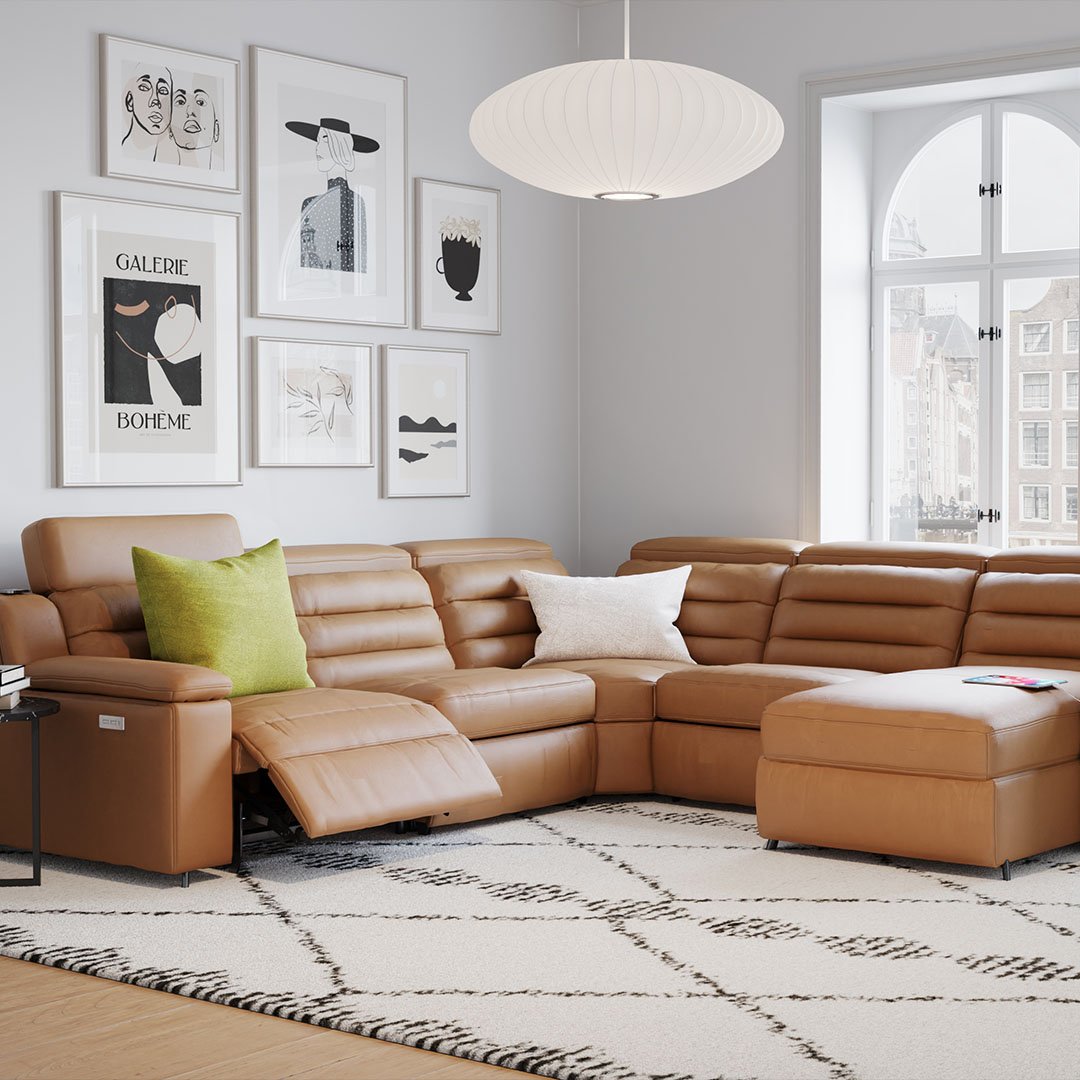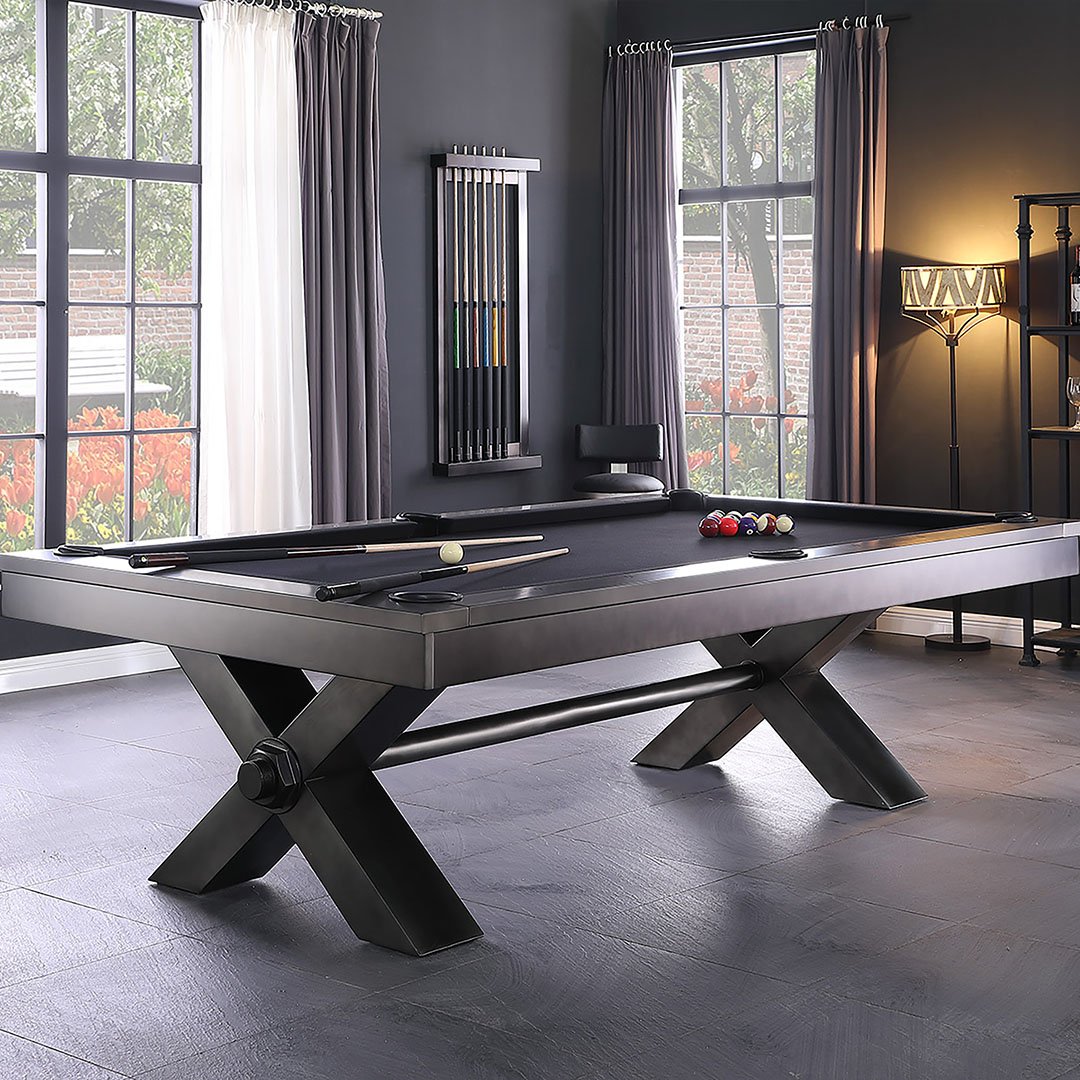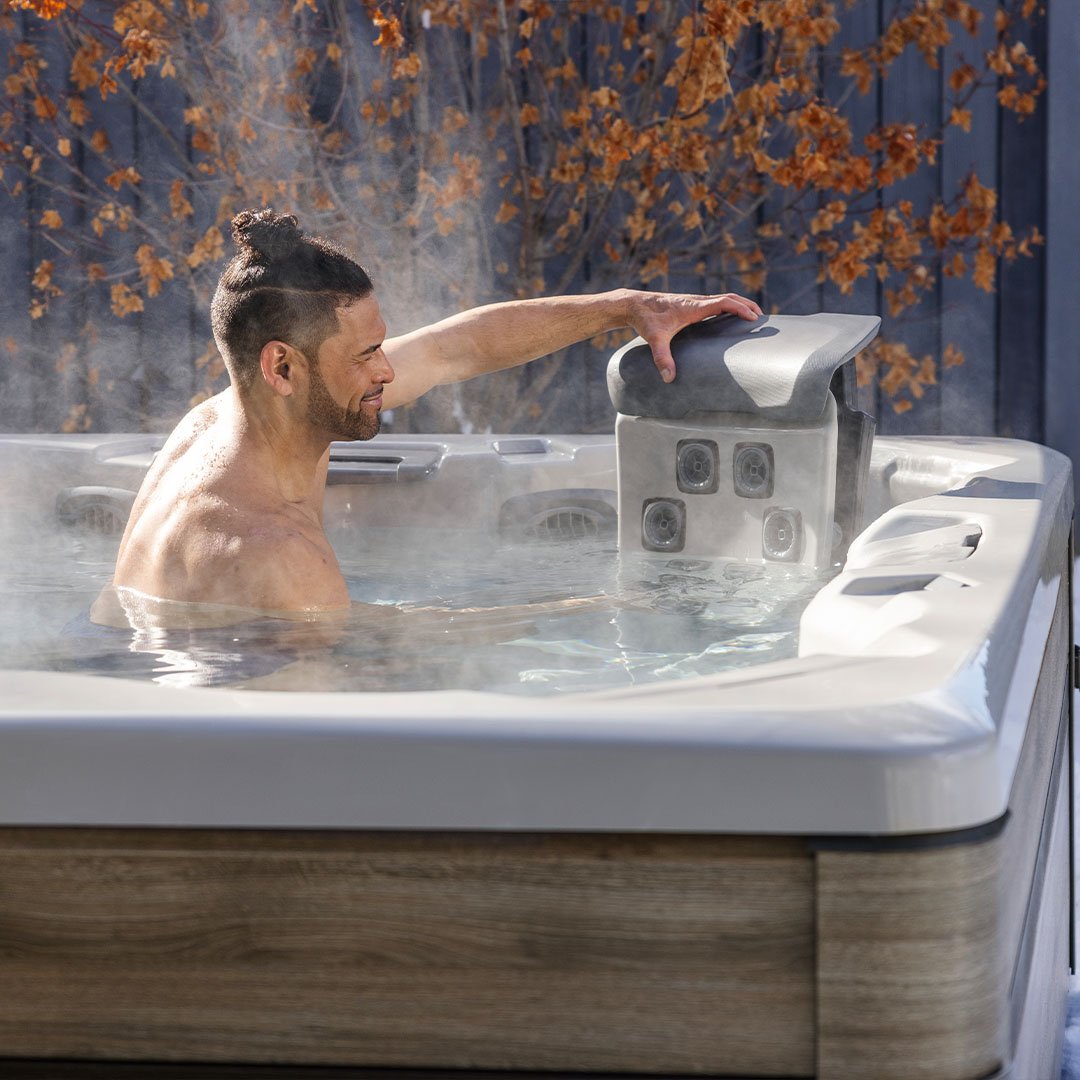Loveseat Buying Guide: How to Choose the Perfect Loveseat
A loveseat can transform the look and feel of any room, providing a comfortable and stylish seating option for small spaces. Whether you’re updating your living room, furnishing a cozy apartment, or adding extra seating to your bedroom, the right loveseat can enhance both the comfort and aesthetic of your space. But with so many styles, materials, and sizes available, how do you choose the perfect loveseat for your home?
In this guide, we'll walk you through everything you need to know to make an informed decision. From size considerations to upholstery options and style, this loveseat buying guide covers all the key factors to help you find the best fit for your home.
1. Consider Your Space and Size
Before anything else, measure the area where you plan to place your loveseat. Loveseats come in various sizes, and you’ll want to ensure it fits your space without making the room feel cramped.
Key Measurements to Consider:
- Length and Width: Loveseats typically range from 52 to 72 inches in length. Choose a length that allows for easy movement around the loveseat.
- Depth: The depth of your loveseat can affect comfort. A shallow depth works well in small spaces, while a deeper seat offers a more relaxed, lounge-like experience.
- Height: Make sure the loveseat isn’t too tall or too short compared to the rest of your furniture.
Always leave enough space for traffic flow and surrounding furniture like coffee tables, side tables, or floor lamps.
2. Think About Style and Design
The loveseat you choose should complement your home's overall design style. Loveseats come in a range of styles to match any aesthetic, whether your home is modern, traditional, rustic, or minimalist.
Popular Loveseat Styles:
- Traditional: Features rolled arms, plush cushions, and decorative details. Great for formal living rooms.
- Mid-Century Modern: Clean lines, tapered legs, and a low profile, perfect for retro or minimalist spaces.
- Contemporary: Sleek designs with smooth lines, ideal for modern homes.
- Rustic or Farmhouse: Distressed fabrics, wood accents, and a cozy vibe work well in cottage or rustic-style homes.
Choosing a style that reflects your personality and blends with your existing décor will ensure a cohesive look throughout your space.
3. Upholstery and Material Options
Upholstery can make or break both the comfort and durability of your loveseat. Consider the look, feel, and upkeep of different materials when selecting the perfect loveseat for your home.
Common Upholstery Materials:
- Fabric: Cotton, linen, and polyester blends are common fabric options. They are comfortable but may require more maintenance depending on the weave and color.
- Leather: Durable and luxurious, leather adds sophistication to any room. It’s easier to clean but may be more expensive and less breathable than fabric.
- Velvet: Adds a rich, luxurious texture. Velvet is ideal for statement pieces but can require more delicate care.
- Microfiber: A popular choice for durability and stain resistance, microfiber is great for homes with kids or pets.
Choose a material that fits your lifestyle. If you have pets, children, or entertain frequently, opt for something that is easy to clean and resistant to stains and wear.
4. Comfort is Key
Comfort is just as important as aesthetics. Since loveseats are often used for relaxation, consider how firm or soft you want your seating to be. Sit-test the loveseat in-store if possible, or read customer reviews online to get a sense of how comfortable it is.
Comfort Factors to Consider:
- Cushioning: High-resiliency foam cushions retain their shape longer and provide excellent support. Down-filled cushions offer a plush feel but can lose shape over time.
- Seat Depth: If you prefer lounging, a deep seat can provide more room to stretch out. For more upright seating, look for a shallower seat depth.
- Back Support: Loveseats with high backs offer better neck and back support, whereas lower backs provide a sleek, modern look but may not be as supportive.

5. Durability and Frame Quality
A well-made loveseat should last for many years. When shopping for a loveseat, check the quality of the frame and construction to ensure it can withstand daily use.
Signs of a High-Quality Loveseat Frame:
- Kiln-Dried Hardwood: Look for frames made from kiln-dried hardwood like oak, maple, or ash. These materials resist warping and are more durable than cheaper softwoods or particleboard.
- Reinforced Joints: Check for sturdy corner blocking, dowels, or metal brackets at the frame joints, as this adds extra strength and longevity.
- Springs and Support: Sinuous springs or 8-way hand-tied springs provide superior support and comfort, keeping the cushions in place over time.
6. Budget Considerations
Loveseats are available at a wide range of price points, from affordable to high-end designer options. Set a budget based on your needs, but remember that higher quality typically comes at a higher price. Investing in a well-made loveseat can save you from needing to replace it in the near future.
Loveseat Price Ranges:
- Budget ($300–$600): Basic designs, often made with cheaper materials.
- Mid-Range ($600–$1,200): Higher-quality construction and materials with more style options.
- High-End ($1,200+): Designer brands, premium upholstery, and custom options.
Consider how long you plan to keep the loveseat and how much use it will get when deciding your budget.
Final Thoughts: Finding the Perfect Loveseat for Your Home
With these tips, you’ll be well-prepared to choose the perfect loveseat that fits both your style and practical needs. Whether you prioritize comfort, design, or durability, selecting the right loveseat can enhance your living space and offer a cozy place to relax for years to come.
Frequently Asked Questions
How much space should I leave around my loveseat?
Aim to leave at least 30 inches of space around your loveseat to allow for easy movement and avoid overcrowding the room.
What is the best upholstery for homes with pets?
Microfiber and leather are both good choices for homes with pets. Microfiber is resistant to scratches, while leather is easy to clean and doesn’t trap pet hair.
Topics: Indoor Furniture - Living Room












